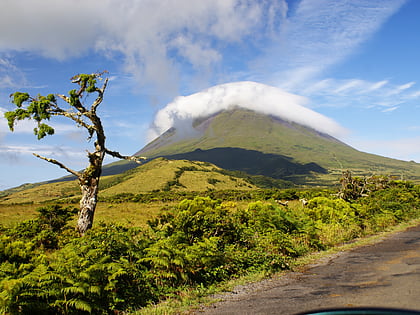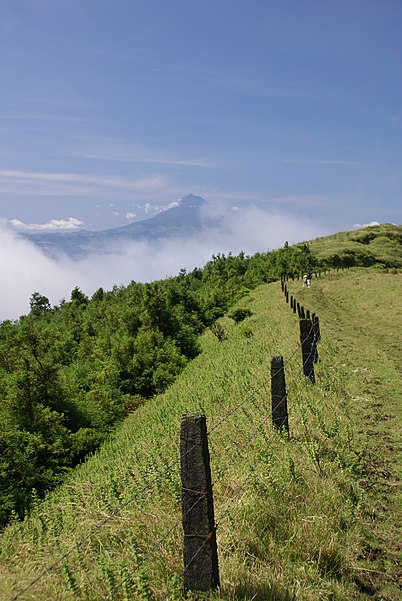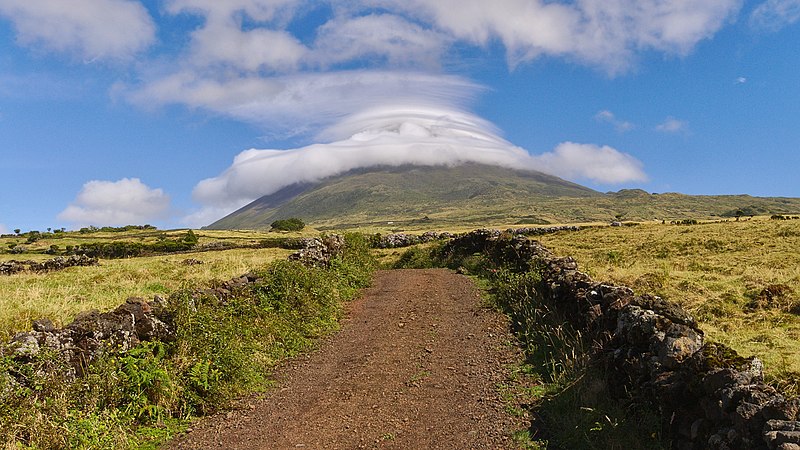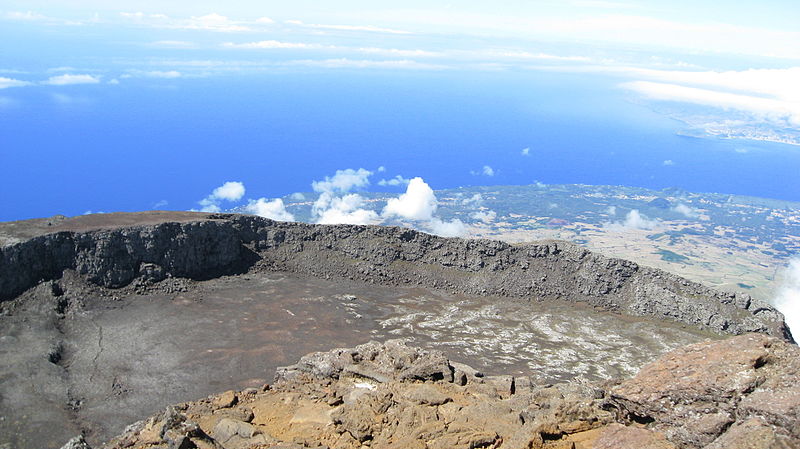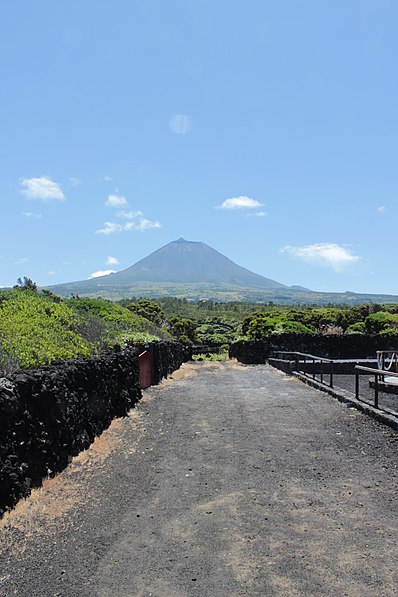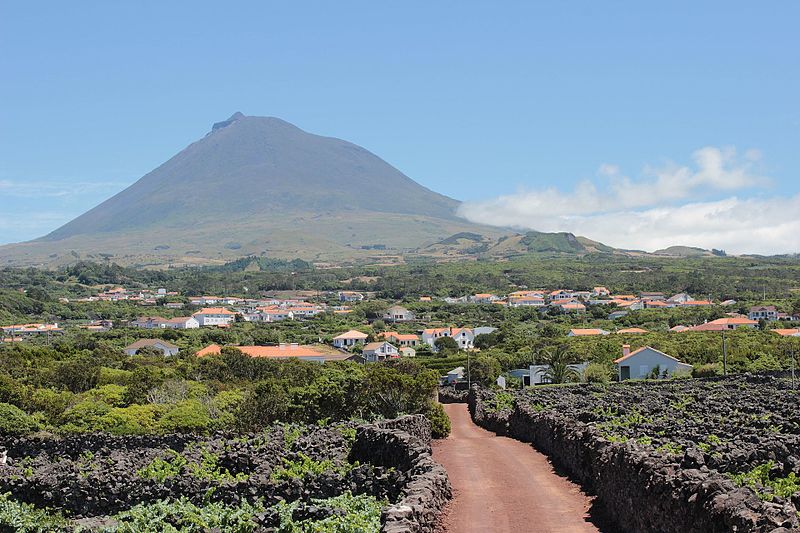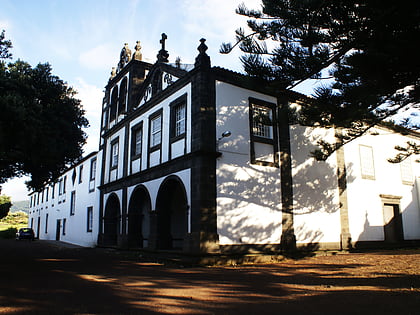Mount Pico, Pico
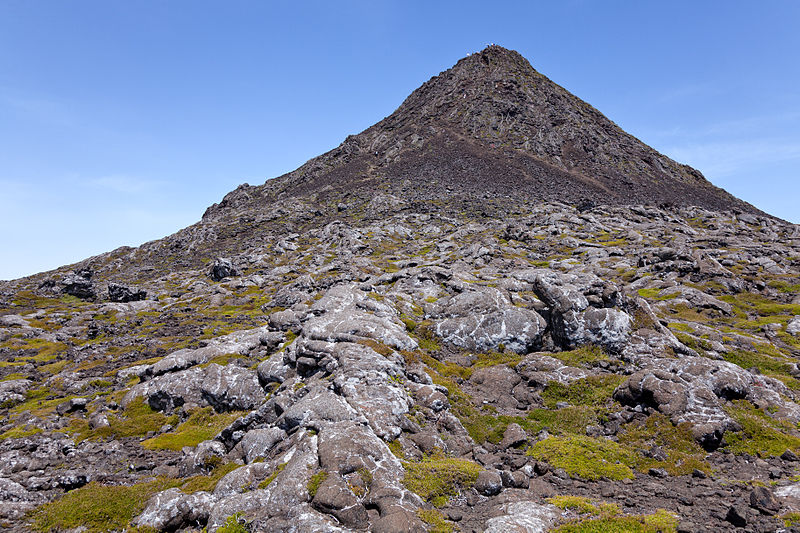
Facts and practical information
Rising majestically above the verdant landscapes of the Azores, Mount Pico stands as a testament to nature’s awe-inspiring beauty and power. Located on Pico Island in Portugal, this stratovolcano is not only a geological wonder but also the highest point in Portugal, reaching an elevation of 2,351 meters above sea level.
Mount Pico, known locally as Montanha do Pico, is a defining feature of the Azorean skyline. The mountain's imposing silhouette is a beacon for adventurers and nature enthusiasts alike, beckoning them to explore its rugged terrain and experience the thrill of climbing to the summit of Portugal's most towering peak.
The climb to the top of Mount Pico is a challenging yet rewarding endeavor. It typically takes between 3 to 4 hours to ascend and slightly less to descend, depending on the climber's pace and weather conditions. The journey to the summit is not for the faint-hearted, as it involves steep paths and rocky surfaces, but the panoramic views from the peak are unparalleled. On a clear day, climbers are rewarded with breathtaking vistas of the surrounding islands and the vast Atlantic Ocean.
For those who wish to embark on this adventure, it is highly recommended to hire a local guide. The guides are knowledgeable about the mountain's terrain and can provide valuable insights into the area's unique flora and fauna. Additionally, they ensure the safety of hikers, as weather conditions on Mount Pico can change rapidly, sometimes leading to reduced visibility and challenging navigation.
Besides the exhilarating climb, Mount Pico offers other attractions. The mountain is surrounded by the Pico Island Vineyard Culture, a UNESCO World Heritage Site, where visitors can witness the unique methods of wine production that have been used for centuries. The wine produced here, particularly the famed Pico verdelho, is an integral part of the island's cultural heritage.
Moreover, the landscape around Mount Pico is dotted with lava caves, natural swimming pools, and picturesque villages that provide a glimpse into the Azorean way of life. The Lava Cave (Gruta das Torres) is the largest lava tube in Portugal and a must-visit for those interested in volcanic phenomena.
Mount Pico – popular in the area (distance from the attraction)
Nearby attractions include: Convent of São Pedro de Alcântara, Reserva Florestal de Recreio do Mistério de São João.
